Steel Traps
Steel Traps
Describes the Various Makes and Tells How to Use Them, Also Chapters on Care of Pelts, Etc.
Book Excerpt
especially among the old and experienced trappers, prefer the smaller sizes, and for obvious reasons. When an animal steps on a small pan he is caught to stay, but with a large one he may be "nipped" or his foot may be thrown out altogether. At any rate his education has been immensely advanced and it will take a trapper with a "long head" to get him into a trap next time.
The pan should fit loosely in its bearing for as is well known, rusting increases the size of a piece of iron and as there are four surfaces to rust in a pan bearing, ample room must be left.
[Illustration: LIMB GROWING THRU JAWS. This trap was made about 1875 and no part had given way from the tremendous pressure. Surely a good Newhouse.]
The dog or latch should be thick and narrow rather than wide, as presenting less surface for the animal to step on. It should be curved and pointed in such a way as to hold up the pan but so as to "go off" "easy" or "hard" in proportion to the size of the animal trapped for. This is
Editor's choice
(view all)Popular books in Instructional, Non-fiction
Readers reviews
0.0
LoginSign up
Be the first to review this book
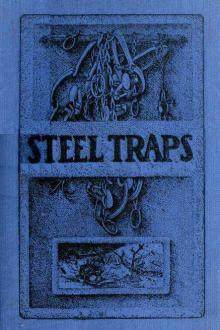
 Free Download
Free Download






















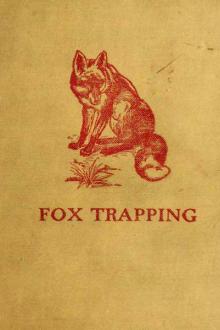
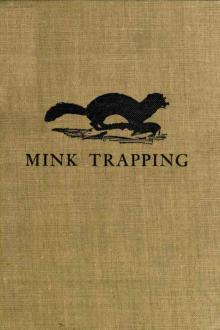
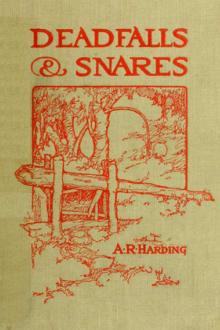
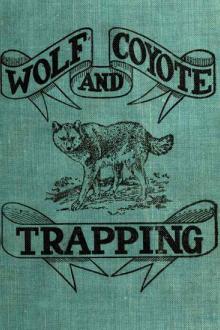

-itok=vcKIB5v1.jpg)
